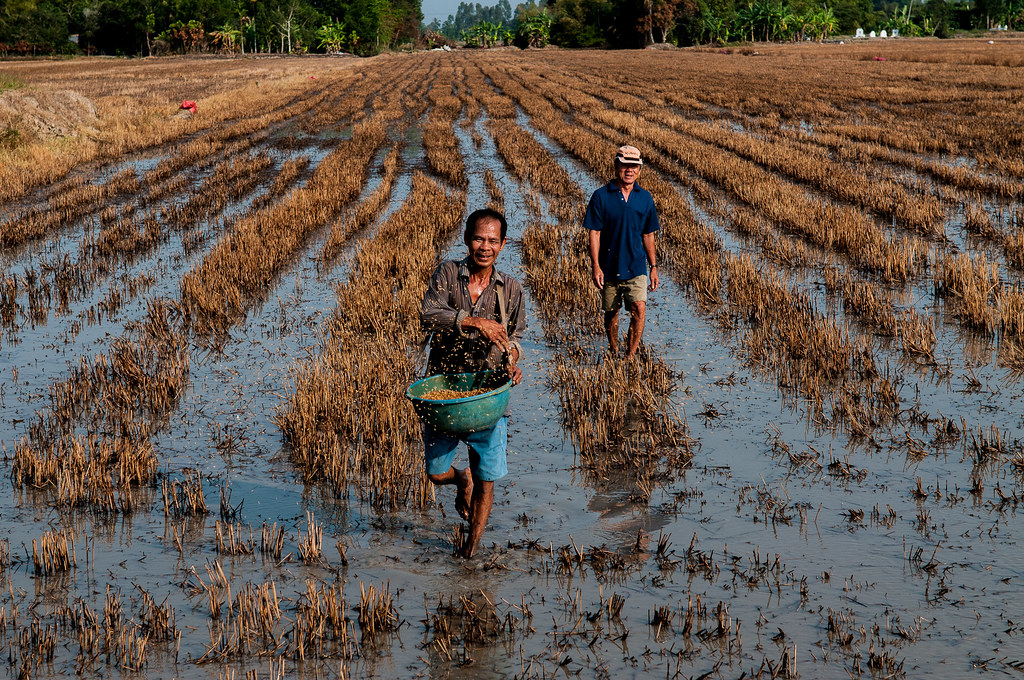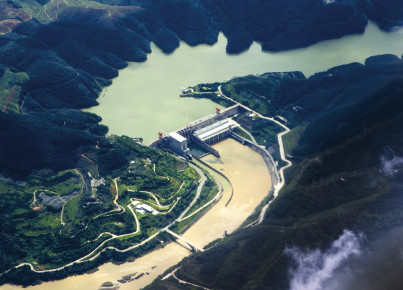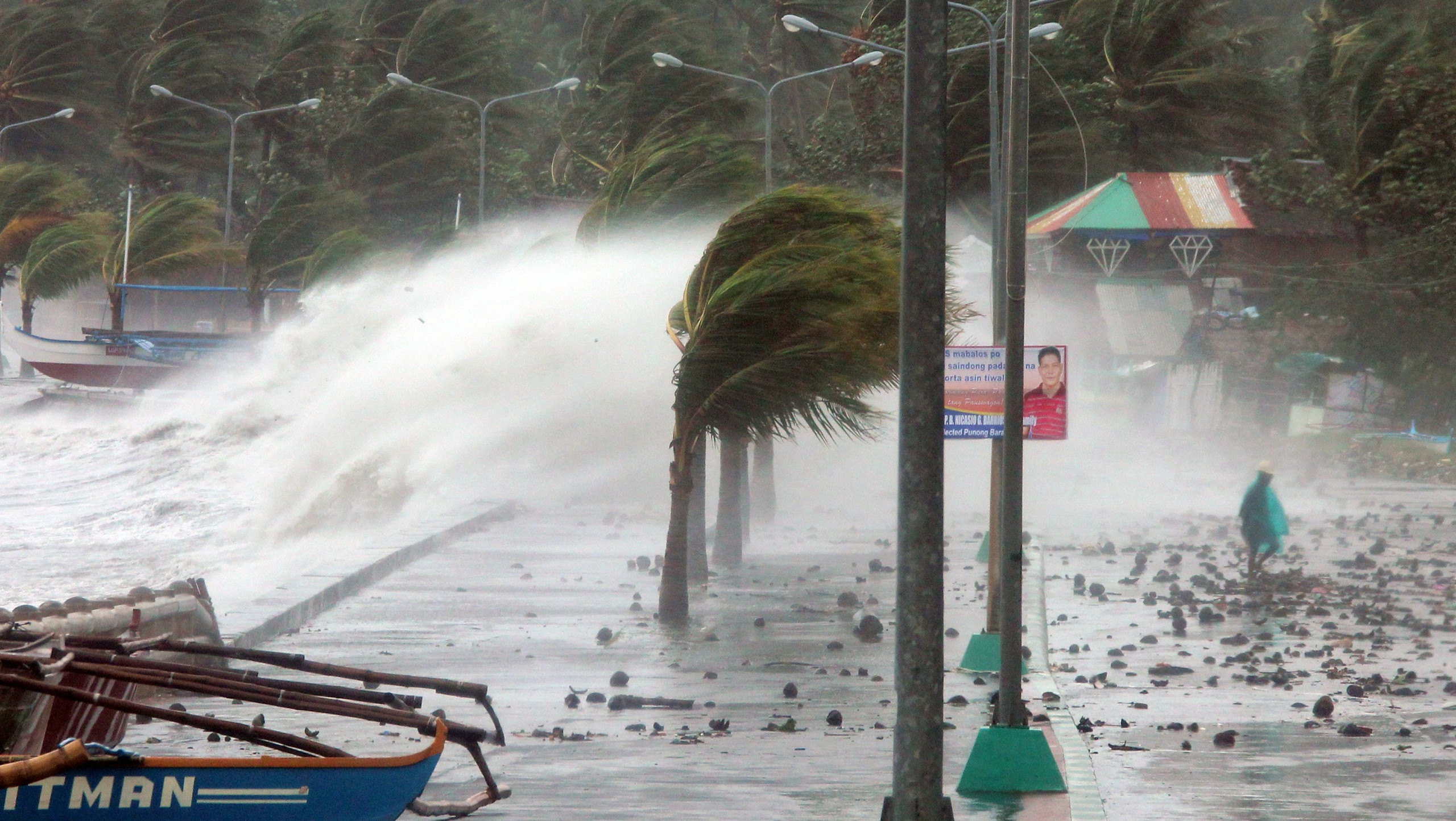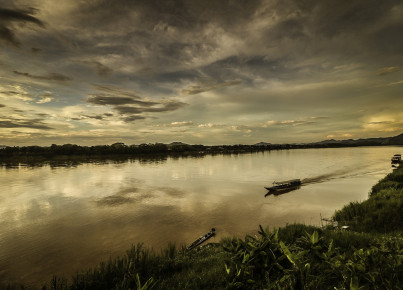The Mekong is one of the longest rivers on the Asian continent and represents not only a vital source of livelihood for the populations living in its basin area, but also an object of contention between local governments. ASEAN can play a key role in promoting regional cooperation and dialogue with China.
The Mekong originates on the Tibetan plateau in China and winds for more than 4000 kilometers through Myanmar, Laos, Thailand, Cambodia and Vietnam before flowing into a large delta in the South China Sea. The river plays a key role in the South-East Asia region: not only the livelihood of over 60 million people, but also regional geopolitical balances are dependent on its water.
For the fourth consecutive year, the region is facing a water emergency that, in addition to suffering from the worsening climate crisis, reflects the conflictuality characterizing the policies of flow management. The Mekong River Commission (MRC) - an intergovernmental organization that brings together Laos, Thailand, Cambodia and Vietnam, the four countries of the lower river basin – has mentioned "regional low flows, water fluctuations, and droughts" among the risks that local authorities are called upon to address urgently. The Cambodian government has announced that rainfall in the rainy season "will not be enough to meet the immediate needs" and has recommended a thrifty use of valuable water resources, especially in rural areas.
As highlighted in the latest report of the Mekong River Commission published in early January, the significant anomalies that have affected the hydrological regime since 2015 are the result of the dangerous combination of natural hazards and anthropic pressure. The scarcity of rainfall is added to the intensive exploitation of water, exacerbating the devastating impact on ecosystems, economic activities and the livelihood of local populations.
According to a joint study carried out by the Stimson Center and the research company Eyes on Earth, in some areas of the Mekong basin "the impoundment of water and unnatural releases from dams have entirely altered the natural flow of the river". Water is in fact retained by storage systems during the wet season, while flows increase relatively in the dry season, when the water level is too low to make a difference.
The competition for the control of the flows of the Mekong is made manifest by the number of dams that continue to arise along its path: eleven main ones, most of which are located in Chinese territory, to which must be added the hundreds of minor buildings built along the tributaries and used for fishing and agriculture. Since the 1990s, Beijing has been engaged in an ambitious hydroelectric project that has resulted in the construction of dams and power plants along the upper reaches of the river in the southern province of Yunnan. In addition, through the granting of substantial funding, the Chinese authorities have supported the ambitions of the Laotian neighbour, which has not made a secret of wanting to focus on hydropower to become the "battery of Asia" and relaunch its economy.
In response to the increasing risks - with river levels reaching the lowest levels ever recorded in the last 60 years - the Mekong River Commission invites the six countries involved "to take bold actions" and suggests the establishment of a common notification mechanism on abnormal water level fluctuations and a coordinated system for the management of reservoirs and dams.
Although China has denied the allegations of taking advantage of the strategic position upstream of the river to unilaterally capitalise common waters and exert political pressure on neighbouring countries, the reluctance to share data on the management of dams and the same absence within the Mekong River Commission highlight the persistence of political and diplomatic tensions that undermine regional cooperation on resource management.
According to experts from the Stimson Center and Eyes on Earth, the best solution would be an international water sharing agreement that guarantees "a baseline level of flow from upstream dams during periods of drought” with the aim of averting future crises and simultaneously mitigating distrust of China. In this context, closer synergy between the MRC and ASEAN secretariats is needed. In fact, the Organization can contribute to giving greater centrality to the project of sustainable and coordinated management of the Mekong within the regional political agenda. At the same time, the role of ASEAN in promoting a shared and sustainable development path with the participation of China remains crucial. Hopefully, Beijing will not remain indifferent for a long time to the mutual advantages that a peaceful coexistence along the most productive river in the region could offer.






